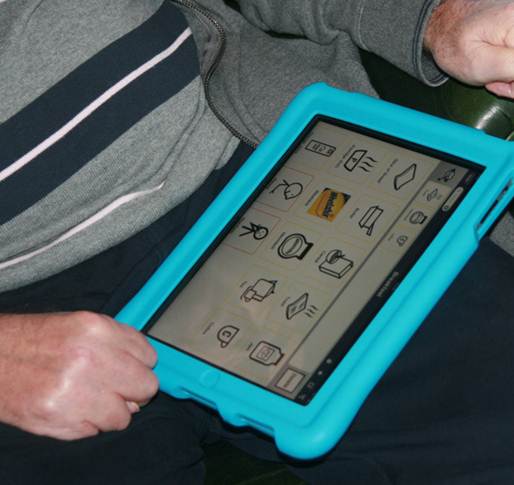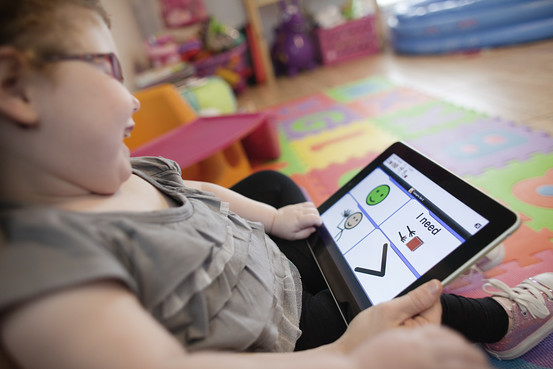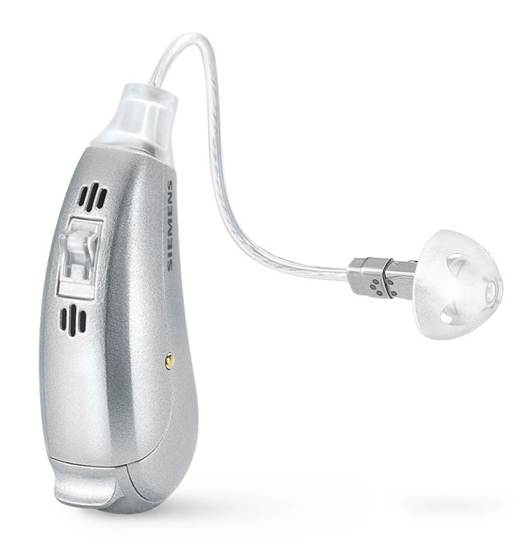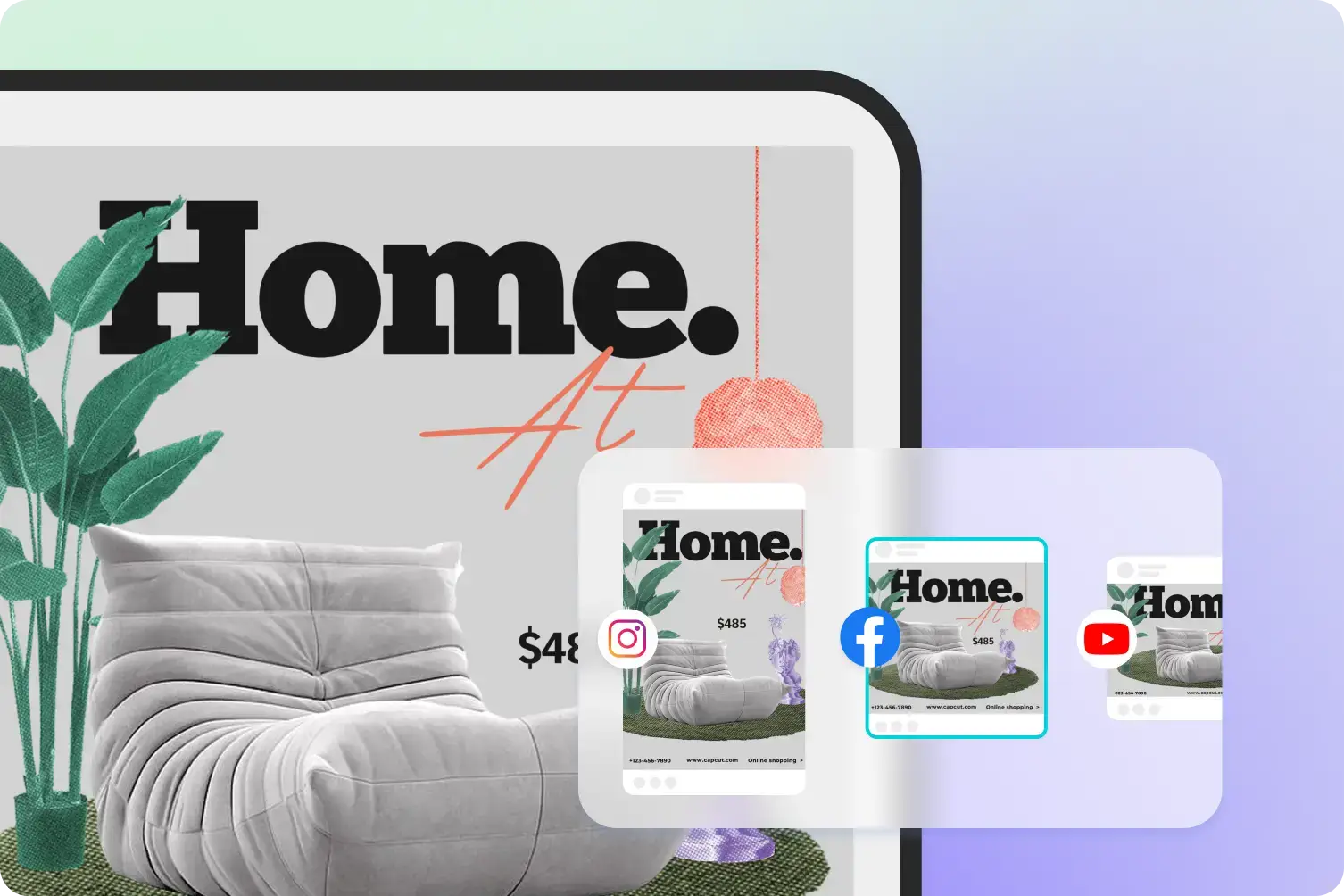MyChoicePad (www.mychoicepad.com) is an iPad app designed to teach the Makaton sign and symbol lexicon to people with communication and learning difficulties. Like most Makaton products, there’s a free, lite version, plus an expensive full version-$119.98. With Makaton, signs are used to encourage speech just as symbols are used to encourage writing.

The app allows you to add your own photos to represent choices to the Makaton user. There are video demonstrations of the 450 core signs, though you will need to make in app purchases ranging from $7.98 to $31.98.
Released April 2011, this app is only available in the UK for now. The lite version was released August 29 2011. It has videos of 27 signs or 6% of the total. It allows you to upload five photos as personal symbols, while the full version has no limit.
Zoe Peden, ‘chief juggler’ of the MyChoicePad team, reassured those who want an iPhone version: “We’re looking at this. Please vote if you want to see an iPhone version! … If we released an iPhone version it would be the same app as the iPad one so no need to buy twice – that would not be very nice!”
Many customers want to be able to sync their symbol grids from iPad to iPhone. Zoe replied to them, “Transferring grids would require an external back up point/server like Dropbox or a web platform, but if this is what people want (sharing grids), please tell us.”
There was no mention on its forum whether an Android version would be released. It’s hard to see how this will compete against the tide of online piracy that could devalue the Makaton charity’s intellectual property.
While sign language translators won’t be replaced by apps just yet, Moore’s law means we will eventually have instantaneous translators in our pockets and laps. Most people will be able to teach themselves sign or indeed any language at very little cost.
For those who want to learn more about deaf culture, read Seeing Voices by Oliver Sacks.

Seimens Hearing Aids
Only one in a thousand people are born deaf, but hearing loss is far more common. Ten million people in the UK lose their hearing – one in six of us. Hearing aids have been around a long time, but until recently were easily damaged. Siemens Hearing Instruments has more patents than any other hearing aid manufacturer. Thomas O’Neill, senior account executive at Media Safari described two of the company’s latest hardware products: “Aquaris is a waterproof, shockproof and versatile hearing instrument for people with hearing loss that want to maintain an active life. It repels water, sweat and dirt, making it ideal to keep in when swimming, sailing, cycling, going to the gym and generally keeping fit. You can even wear it in the shower, which you can’t with normal hearing aids!
“A further exciting gadget recently launched is miniTek. This streams audio from smartphones, TV or MP3 players directly into hearing devices. At the push of a button, the user can listen in stereo at their preferred volume without disturbing others because the sound is directly fed into their ear.”
Siemens has to build software that will exclude background noise, amplify faint sounds and minimise painful sounds as well as deal with feedback. It has recently written three software programs to deal with these problems. Matt Norgate, product manager at Siemens Hearing Instruments described them: “SpeechFocus continuously analyses the environment for the most favourable speech-to-noise ratio and automatically selects the microphone configuration that has the potential to offer the best speech intelligibility for the user, regardless of whether speech is coming from the front, behind or the side.

“FeedbackStopper facilitates the optimum sound comfort. FeedbackStopper achieves effective feedback suppression by combining the proven Acoustic Fingerprint technology with a new Transient Frequency Shift, eliminating feedback before it is even noticed by the user.
“SoundLearning 2.0 is the most sophisticated learning algorithm on the market, which best adapts to the wearers’ individual preferences. Automatically steered by an intelligent acoustic situation detector, SoundLearning 2.0 allows the user to teach preferred gain, compression and frequency shape independently for various acoustic situations.”
Seimens has also built e2e wireless, allowing users to listen to the radio wirelessly, change channels and volume all from their hearing aid. It’s Bluetooth-enabled so it can work with miniTek.




